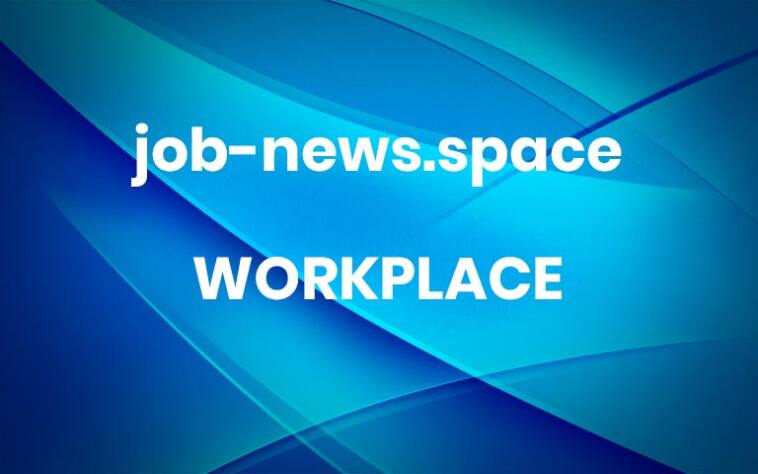The Paradox of Plenty: Why Job Growth Slows While Openings Increase
The Job Openings and Labor Turnover Survey (JOLTS), released by the Bureau of Labor Statistics (BLS) on July 2nd, 2024, offers valuable insights into the current state of the U.S. labor market. This analysis delves into the key findings of the May 2024 report, exploring job openings, hiring activity, and separation rates.
Job Openings: A Persistent Plateau
The headline figure from the May JOLTS report reveals a continuation of the trend observed in recent months. Job openings remained relatively unchanged at 8.1 million on the last business day of May. This persistent level signifies a sustained high demand for labor across various sectors of the economy. While not a record high, it reflects a tight labor market where employers struggle to fill open positions.
Several factors might be contributing to this plateau. One explanation lies in the ongoing effects of the “Great Resignation,” where workers are reevaluating careers and prioritizing work-life balance. This shift in worker preferences may lead to a more selective approach towards job openings, resulting in a slower filling rate despite high vacancies. Additionally, lingering concerns about the pandemic and economic uncertainty could prompt some to remain cautious about job changes.
Hiring Activity: Stagnant Momentum
The May JOLTS report also indicates a lack of significant movement in hiring activity. The number of hires remained steady at around 5.8 million, mirroring the trend in job openings. This suggests that employers find it challenging to attract and retain qualified candidates despite the abundance of open positions.
This stagnation in hiring could be attributed to a skills mismatch between available workers and job requirements. The rapid pace of technological advancements might necessitate specific skillsets that a portion of the workforce may lack. Additionally, competitive wages and benefits offered by other employers could entice potential hires away, making it difficult for companies to fill vacancies.
Labor Turnover: A Breakdown of Separations
The JOLTS report sheds light on the reasons behind job vacancies by analyzing separations, including quits, layoffs, and other departures. Total separations remained stable in May at around 5.4 million. Notably, the report categorizes separations into three key areas:
Quits: The number of quits, representing voluntary resignations, stayed relatively flat at approximately 3.5 million. This statistic aligns with the narrative of the “Great Resignation,” suggesting that workers are still confident enough in the labor market to pursue new opportunities or prioritize non-work activities.
Layoffs and Discharges: Layoffs and discharges, representing involuntary separations, also exhibited minimal change, hovering around 1.7 million. This data point suggests a degree of stability in terms of employer-initiated workforce reductions.
Other Separations: This category encompasses retirements, deaths, and other reasons for leaving a job. The May report showed no significant fluctuations in this area.
Implications and Future Considerations
The May JOLTS report paints a picture of a labor market characterized by high job openings, stagnant hiring activity, and a persistent “quits” trend. This dynamic presents both challenges and opportunities for businesses and policymakers alike.
Challenges:
Attracting Talent: Employers must implement strategies to attract and retain workers in a competitive environment. This may involve offering competitive compensation packages, fostering positive work cultures, and providing opportunities for growth and development.
Skills Gap: Addressing the skills mismatch requires collaborative efforts from educational institutions, training programs, and businesses. Investment in upskilling and reskilling initiatives can equip workers with the necessary skillsets to meet evolving job demands.
Share this post: More




